
Ingredient
Barbecue or steak sauces
"Savory Elixirs: Unleashing the Flavors of Barbecue and Steak"
Barbecue or steak sauces are thick, flavorful condiments that are typically used to enhance the taste of grilled or roasted meats. They come in a variety of styles, ranging from tangy and vinegar-based to sweet and smoky. These sauces often contain a combination of ingredients such as tomatoes, vinegar, molasses, Worcestershire sauce, spices, and sometimes even fruit or mustard. The texture can vary from smooth to chunky, and the appearance ranges from deep red to brown, depending on the ingredients used.
Origins and history
Barbecue sauces have a rich history that can be traced back to various regions around the world. In the United States, barbecue sauces have roots in Southern cuisine, where different styles emerged, such as the tomato-based Kansas City style, the vinegar-based Carolina style, and the mustard-based South Carolina style. These sauces were traditionally used to baste and flavor slow-cooked meats, such as ribs, brisket, or pulled pork. Similarly, steak sauces have a long history, with classic examples like Worcestershire sauce originating in England in the 19th century.
Nutritional information
Barbecue or steak sauces are typically low in calories, with around 30-50 calories per serving. They are a good source of vitamins and minerals, such as vitamin C, potassium, and iron. However, the exact nutritional content may vary depending on the brand and specific ingredients used.
Allergens
Some barbecue or steak sauces may contain allergens such as soy, wheat, or mustard. It is important to check the label for allergen information before consuming.
How to select
When selecting barbecue or steak sauces, look for high-quality brands that use natural ingredients and avoid artificial additives or preservatives. Consider the flavor profile you prefer, whether it's a tangy, sweet, or smoky sauce, and choose accordingly. Additionally, reading reviews or seeking recommendations can help in finding a sauce that suits your taste preferences.
Storage recommendations
Barbecue or steak sauces should be stored in a cool, dry place, away from direct sunlight. Once opened, they should be refrigerated to maintain freshness and quality. It is important to check the label for specific storage instructions, as some sauces may have different requirements.
How to produce
While it is possible to make homemade barbecue or steak sauces, it requires a variety of ingredients and cooking techniques. Amateur cooks can experiment with creating their own sauces by combining ingredients like ketchup, vinegar, Worcestershire sauce, brown sugar, spices, and other flavorings. There are numerous recipes available online that provide step-by-step instructions for making homemade barbecue or steak sauces.
Preparation tips
Barbecue or steak sauces can be used as marinades, glazes, or dipping sauces. To use as a marinade, coat the meat with the sauce and let it sit for a few hours or overnight to infuse the flavors. As a glaze, brush the sauce onto the meat during the last few minutes of grilling or roasting. For dipping, simply serve the sauce alongside the cooked meat. Experiment with different amounts and application methods to achieve the desired flavor intensity.
Culinary uses
Barbecue or steak sauces are commonly used to enhance the flavor of grilled or roasted meats, such as ribs, steaks, chicken, or burgers. They can also be used as a condiment for sandwiches, as a flavoring agent in meatloaf or meatballs, or as a base for barbecue-inspired pizzas or pasta dishes.
Availability
Barbecue or steak sauces are widely available in grocery stores, supermarkets, and specialty food stores. They can also be purchased online, making them accessible to consumers worldwide.
More ingredients from this category

Sauces from fermented/hydrolised sources and similar
The Umami Boost: Unveiling the World of Fermented Sauces
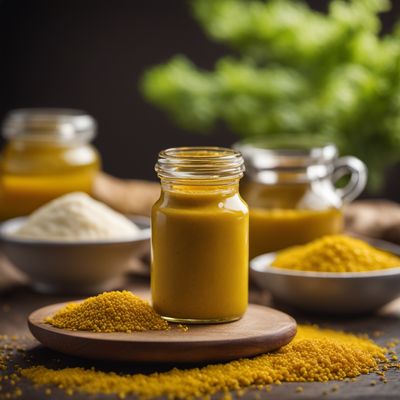
Mustard and related sauces
The Tangy Condiment: Mustard and Related Sauces
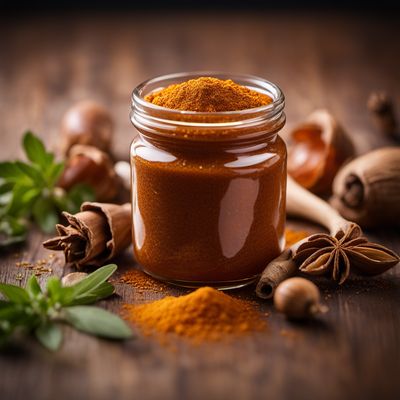
Herbs/spices sauces
The Art of Flavorful Infusions

Tomato ketchup and related sauces
The Tangy Twist of Tomato Condiments
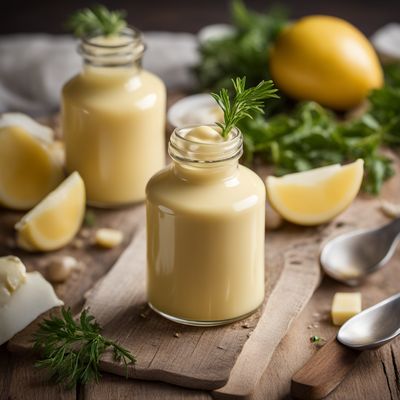
Mayonnaise, hollandaise and related sauces
Creamy Delights: Unveiling the World of Emulsified Sauces
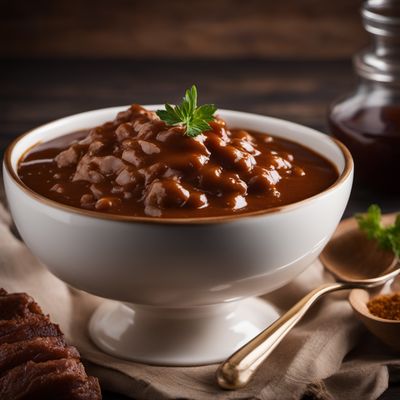
Continental european brown cooked sauce, gravy
Savory Umami Elixir

Tomato-containing cooked sauces
The Essence of Tomato: Cooked Sauces

White sauces
The Creamy Elixir: Unveiling the Magic of White Sauces

Alcoholic sauce
Spirited Elixirs: Unleashing the Flavors of Alcoholic Sauce

Vegetables-based cooked sauce
Garden Delight Sauce

Meat sauce
Savory Delight: Exploring the World of Meat Sauce
Recipes using Barbecue or steak sauces » Browse all

Soulful Carne Asada Tacos
Soulful Fiesta Tacos: A Southern Twist on Mexican Carne Asada
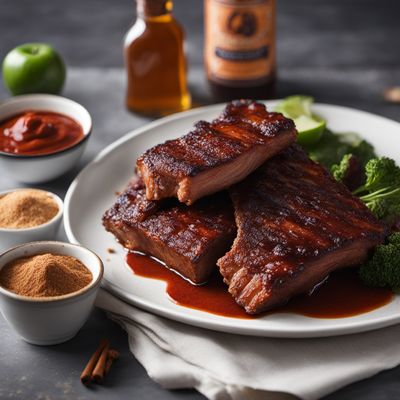
Classic Smoky BBQ Ribs
Sizzling Smoky Delight: Classic BBQ Ribs

Vegan Tira de Asado
Smoky Vegan BBQ Ribs: A Plant-Based Twist on Argentinian Tira de Asado

New Orleans-Style Spicy BBQ Shrimp
Fiery Cajun BBQ Shrimp Delight
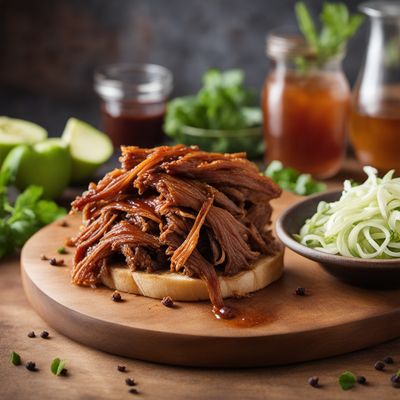
Slow-Cooked BBQ Pulled Pork
Smoky and Tender Slow-Cooked BBQ Pulled Pork

Classic American BBQ Sliders
Smoky BBQ Beef Sliders: A Bite of American Delight
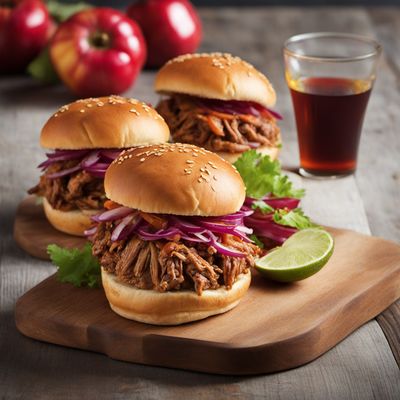
Imbabureña Pulled Pork Sliders
Ecuadorian-Inspired Pulled Pork Sliders with a New American Twist

Soulful Tapas
Soulful Spanish Bites: A Fusion of Flavors

Soulful Bibimbap
Soulful Bibimbap: A Flavorful Fusion of Korean and Soul Food Delights

Kansas City-Style Barbecue Ribs
Smoky and Tangy Kansas City-Style Barbecue Ribs

Stuffed Cornish Hen with St. Louis Flair
Savory Stuffed Cornish Hen with a St. Louis Twist

Classic Smoky BBQ Ribs
Sizzling Smoky Delight: Classic BBQ Ribs